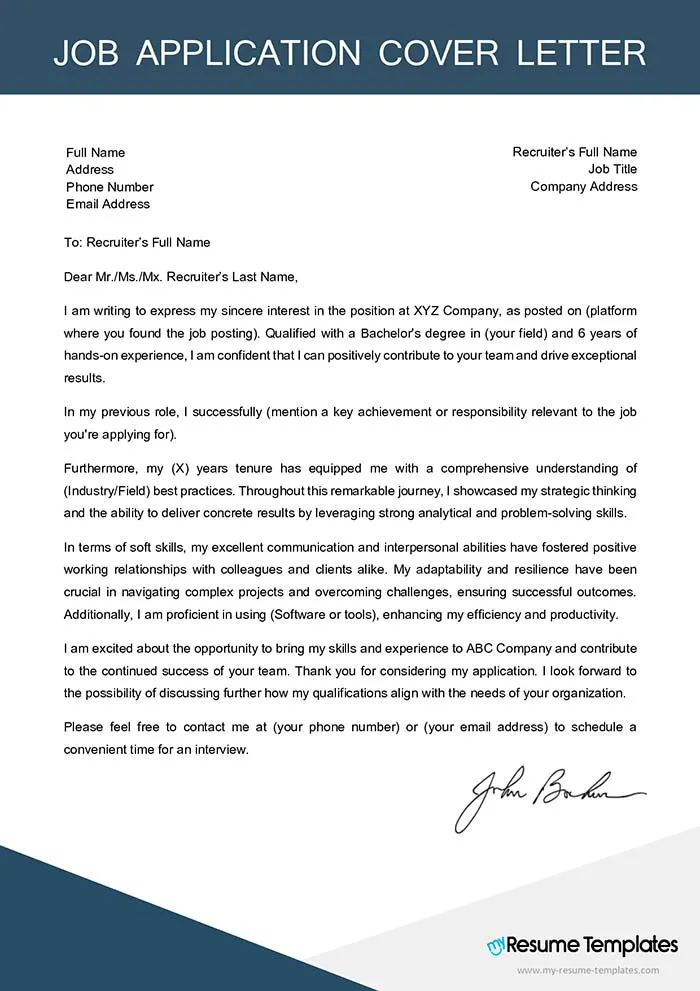Crafting a Standout Cover Letter
In the competitive world of job applications, your cover letter is often your first and sometimes only chance to make a lasting impression. It’s more than just a formality; it’s an opportunity to showcase your personality, passion, and qualifications in a way that a resume alone cannot. A well-crafted cover letter serves as your personal introduction, setting the stage for why you’re the ideal candidate for the role. Mastering the art of cover letter writing is crucial for anyone serious about advancing their career. This guide dives deep into the secrets of creating a cover letter that not only gets read but also gets you noticed. Learn how to transform your application from ordinary to extraordinary, increasing your chances of landing that coveted interview.
Understanding the Purpose of a Cover Letter
A cover letter is not a mere repetition of your resume; it’s a strategic tool designed to complement it. Its primary purpose is to provide context, explain your interest in the specific role and company, and highlight the relevant skills and experiences that make you a perfect match. Think of it as a narrative that connects your past experiences to the future opportunities at the company. It’s your chance to demonstrate your understanding of the company’s needs and how you can contribute to their success. By clearly articulating your value proposition, you can significantly increase your chances of being selected for an interview. Understanding this fundamental purpose is the first step towards creating a compelling cover letter.
Highlighting Your Unique Selling Points
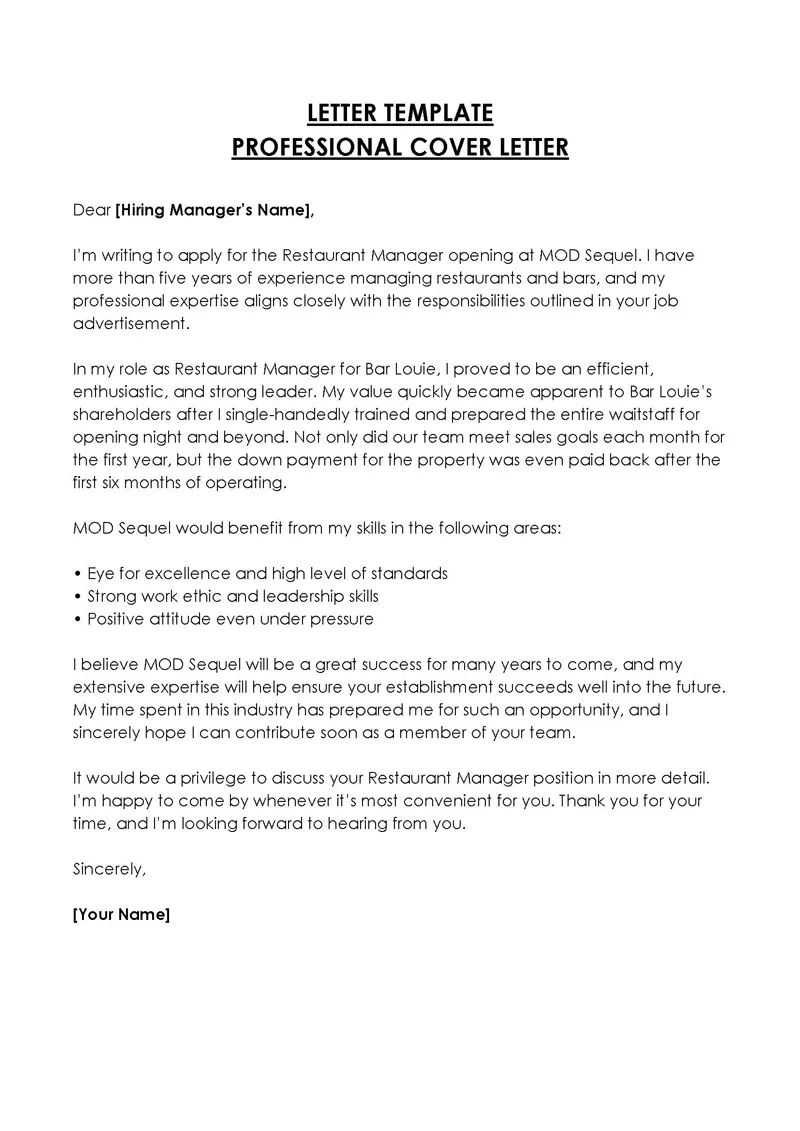
Your cover letter is your stage to shine, showcasing what makes you uniquely qualified. Identify and emphasize your unique selling points (USPs) – the skills, experiences, and qualities that set you apart from other candidates. This is where you go beyond listing your accomplishments; you demonstrate how these accomplishments have made a tangible impact. Tailor your USPs to match the specific requirements and expectations outlined in the job description. This shows that you’ve done your homework and understand what the employer is looking for. Quantify your achievements whenever possible, using metrics to illustrate your impact, for instance, “Increased sales by 15% in Q4.” This level of detail adds credibility and makes your application more persuasive.
Researching the Company and Tailoring Your Letter
Generic cover letters are easily spotted and often discarded. Demonstrate your genuine interest by researching the company thoroughly. Visit their website, read about their mission and values, and understand their recent projects or achievements. Use this information to tailor your cover letter, showing how your skills and experiences align with the company’s specific needs and culture. Address the hiring manager by name (if possible), and refer to specific aspects of the company that resonate with you. This personalized approach not only shows that you care enough to do the research, but also makes your application stand out from the crowd. Tailoring your letter is a key factor that will dramatically improve your chances.
Key Elements of a Compelling Cover Letter
The Header Contact Information
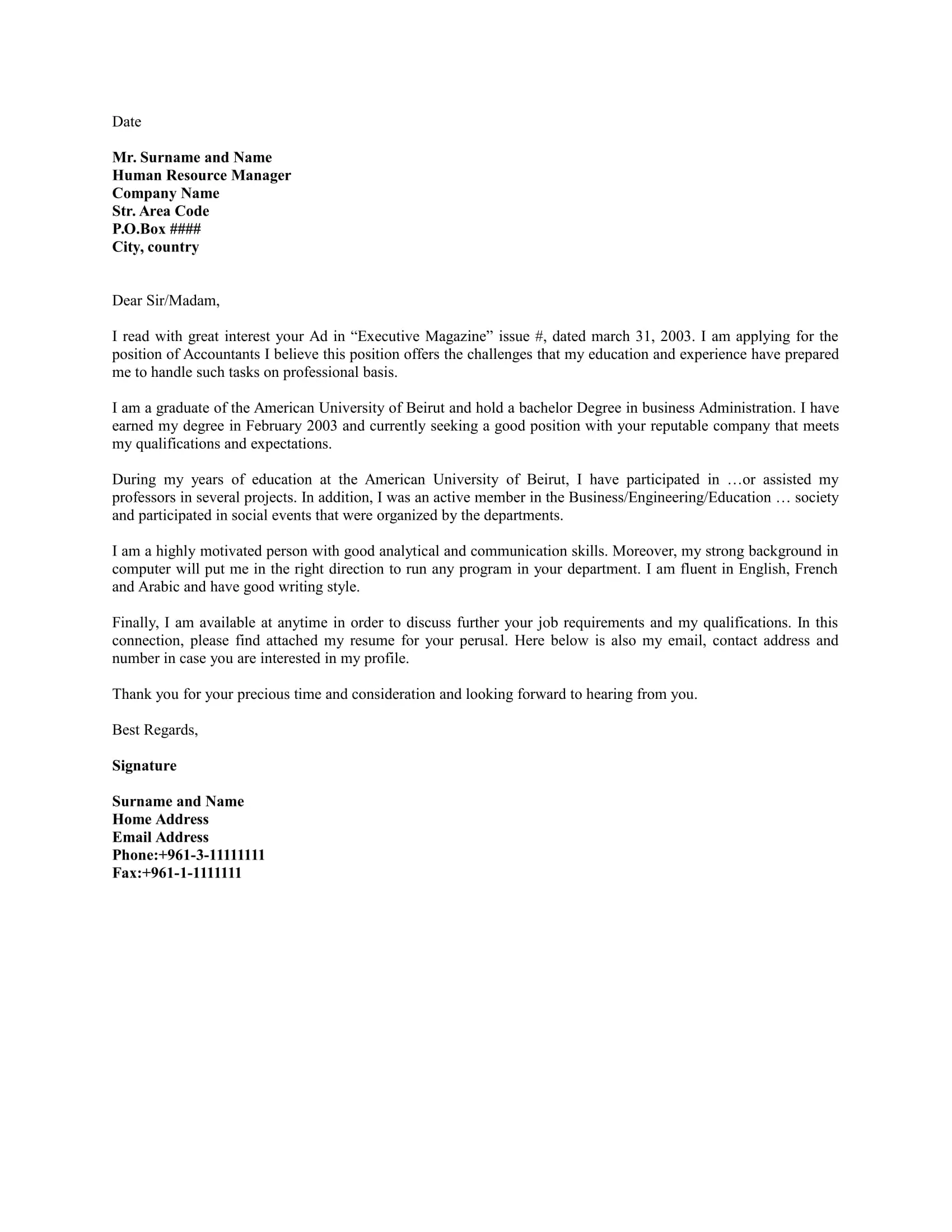
Your cover letter’s header is your first introduction, so it needs to be accurate and professional. Include your full name, contact information (phone number and professional email address), and optionally, your LinkedIn profile URL. Ensure your contact details are up-to-date and easy to find. The formatting should be clean and consistent with the style of your resume. This section is essential for the hiring manager to quickly and easily contact you if they decide to move forward with your application. Avoid using nicknames or unprofessional email addresses. The header is the first point of contact, so make sure it’s polished and represents you well.
The Greeting Addressing the Hiring Manager
Addressing the hiring manager by name adds a personal touch and shows that you’ve put in the effort to find out who will be reading your application. If you can’t find the name of the hiring manager, use a professional greeting like “Dear Hiring Manager” or “Dear [Department Name] Team.” Avoid generic greetings such as “To Whom It May Concern,” which can make your letter feel impersonal. Use the correct title (Mr., Ms., Dr., etc.) and double-check the spelling of the name. This small detail can make a big difference in the initial impression you create. Researching the hiring manager can also provide insight into their preferences and help you tailor your letter to better resonate with them.
The Opening Hooking the Reader’s Attention
Your opening paragraph is your chance to grab the reader’s attention and make them want to read further. Start with a strong statement that highlights your key skills, experience, or a specific achievement that aligns with the job requirements. Consider referencing something specific about the company that resonates with you, demonstrating that you’ve done your research. Avoid clichés or generic phrases. Instead, aim for a concise and engaging opening that immediately showcases your value and sets the tone for the rest of the letter. The goal is to make the hiring manager eager to learn more about you.
Showcasing Your Skills and Experience
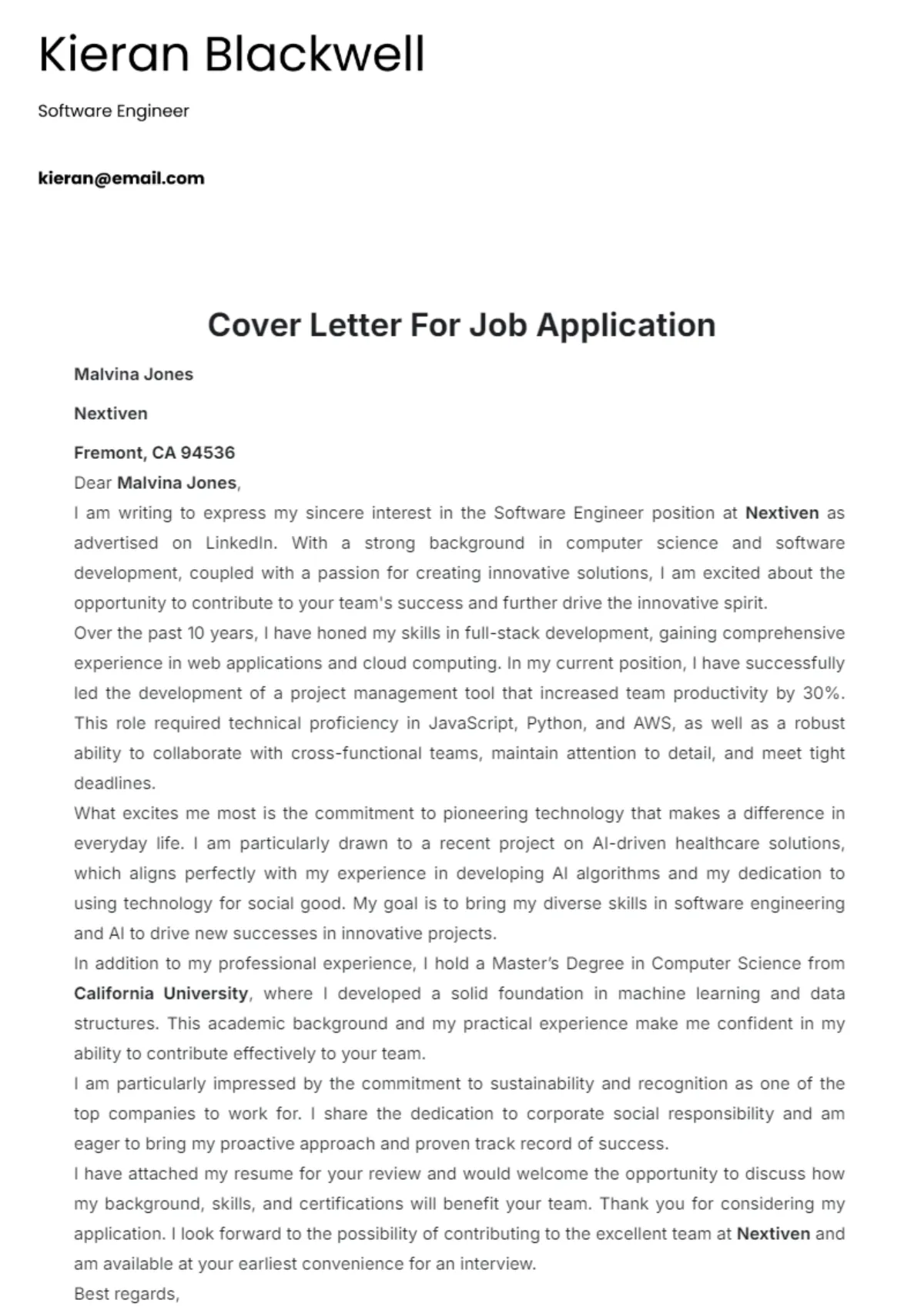
This is where you demonstrate how your skills and experience match the job requirements. Focus on the most relevant aspects of your career and explain how your past experiences have prepared you for this specific role. Use examples to illustrate your skills and quantify your achievements whenever possible. Instead of simply listing your responsibilities, describe how you’ve made an impact in previous roles. Show, don’t just tell. This section should seamlessly connect your past experiences with the needs of the employer, making it clear why you are a great fit. Tailor this section to match the requirements of the specific job.
Quantifying Achievements and Using Action Verbs
Numbers and action verbs are your best friends in this section. Instead of saying “Managed projects,” say “Managed three projects simultaneously, delivering them on time and 10% under budget.” Use strong action verbs to begin your sentences, such as “achieved,” “implemented,” “led,” “developed,” “increased,” or “improved.” These words add energy and impact to your writing, making your accomplishments more compelling. When describing your achievements, use metrics to quantify your impact, such as percentages, dollar amounts, or the number of people impacted. Quantifying your achievements makes your claims more believable and demonstrates your ability to deliver results.
Demonstrating Your Enthusiasm and Fit
Show genuine enthusiasm for the role and the company. Explain why you are excited about this opportunity and what motivates you to join their team. Connect your personal values and career goals with the company’s mission and culture. This demonstrates that you are not just looking for a job, but a career opportunity. Research the company’s culture and values to tailor your letter accordingly. Mention any specific projects, initiatives, or products that excite you. Show that you’re not only a good fit on paper, but also that you are eager to contribute to the company’s success. Your enthusiasm can be the key differentiator that sets you apart from other candidates.
The Closing and Call to Action
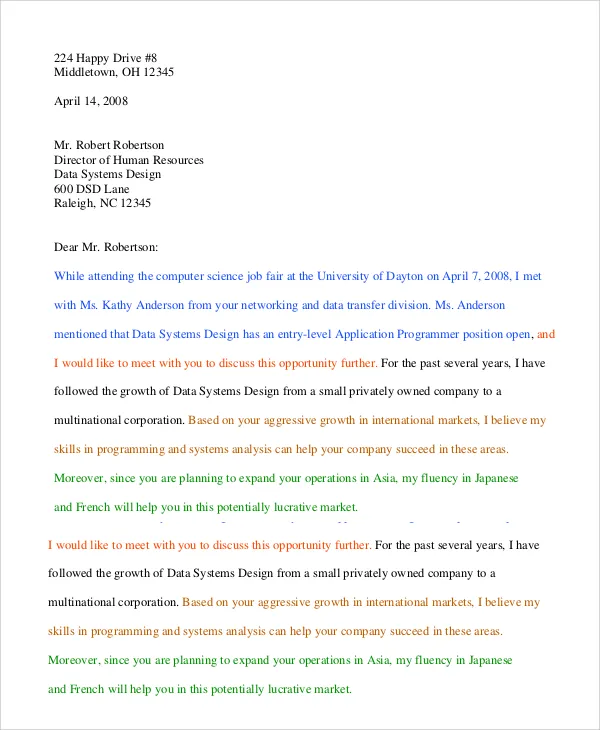
Your closing paragraph should reiterate your interest in the position and express your eagerness to discuss your qualifications further. Include a clear call to action, such as “I am available for an interview at your earliest convenience” or “I look forward to hearing from you soon.” Thank the hiring manager for their time and consideration. Maintain a professional tone and keep it concise. The goal is to end on a positive note, reinforcing your enthusiasm and making it easy for the hiring manager to take the next step. A strong closing ensures that your application leaves a lasting positive impression.
Formatting and Design for Readability
A well-formatted cover letter is easy to read and visually appealing. Proper formatting makes your letter more accessible and ensures that your key messages are easily understood. Use formatting to guide the reader’s eye and highlight important information.
Font and Style Choices
Choose a professional and legible font, such as Times New Roman, Arial, or Calibri. Keep the font size between 10 and 12 points for readability. Use consistent formatting throughout the document, including font style, size, and spacing. Avoid overly ornate or distracting fonts that can detract from your content. Ensure your font choice reflects professionalism and clarity. The goal is to create a clean and readable document that presents your information effectively.
White Space and Paragraph Structure
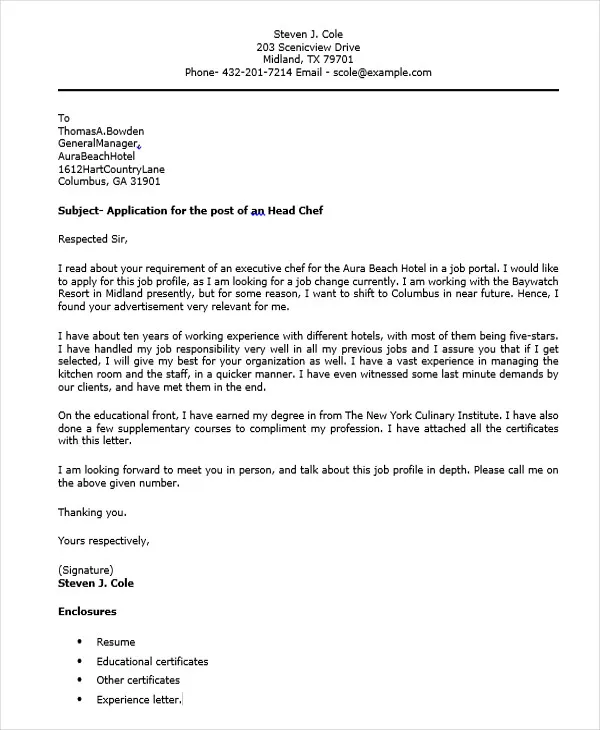
Use adequate white space to separate different sections of your cover letter, making it easier on the eyes. Use single spacing within paragraphs and double spacing between paragraphs. Keep paragraphs concise, ideally no more than five to six sentences long. Use bullet points to highlight key skills or achievements, if appropriate. A well-structured document is visually appealing and allows the reader to quickly grasp the key points. Avoid large blocks of text; break them up with headings, subheadings, and white space for improved readability.
Proofreading and Editing for Perfection
Proofreading is non-negotiable. Carefully proofread your cover letter for any typos, grammatical errors, or inconsistencies. Use a grammar checker, but don’t rely solely on it; always review the letter yourself. Read your cover letter aloud to catch any awkward phrasing or unclear sentences. Have a friend or family member review it as well, as a fresh pair of eyes can often catch mistakes you might miss. A flawless cover letter demonstrates attention to detail and professionalism. Errors can undermine your credibility, so take the time to ensure your cover letter is perfect.
Common Cover Letter Mistakes to Avoid
Avoiding common cover letter mistakes can significantly improve your chances of success. Be aware of these pitfalls to make sure your application stands out for the right reasons.
Generic Content and Lack of Personalization
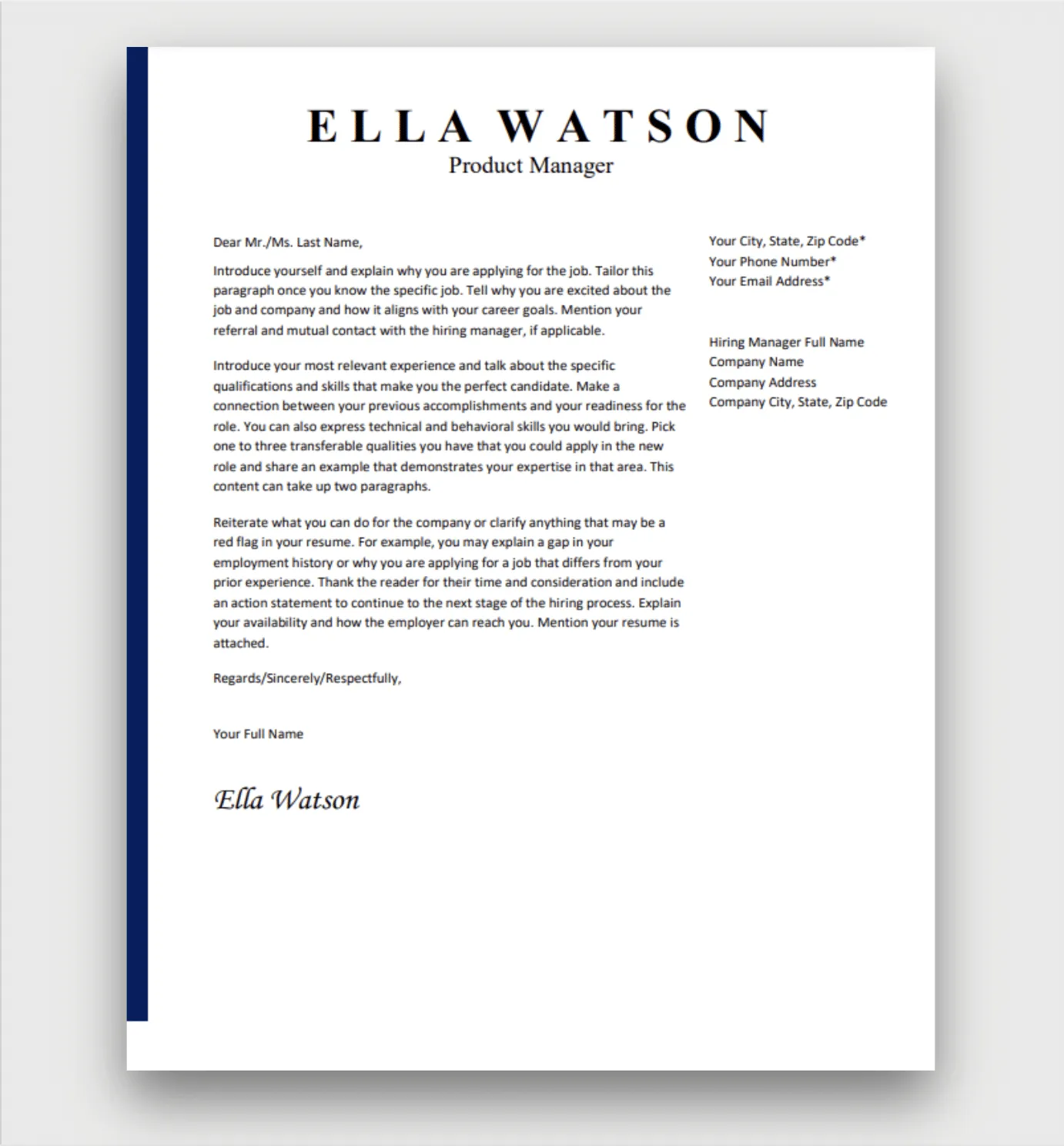
Generic, impersonal cover letters are easily identified and often disregarded. Avoid using templates that are not tailored to the specific job and company. Show genuine interest by personalizing your letter with specific details about the company and role. Research the company, address the hiring manager by name, and tailor your letter to the requirements of the job description. Highlight relevant skills and experiences that align with the company’s needs. Demonstrate that you’ve put in the effort to understand the role and why you are a good fit. Generic cover letters suggest a lack of genuine interest.
Typos and Grammatical Errors
Typos and grammatical errors make you appear unprofessional and can undermine your credibility. Always proofread your cover letter meticulously. Use a grammar checker and read it aloud to catch any mistakes. Ensure your spelling, grammar, and punctuation are flawless. A well-written and error-free cover letter demonstrates attention to detail and professionalism. Errors suggest a lack of care and can lead to your application being rejected.
Overly Formal or Informal Tone
Striking the right tone is essential. Avoid being overly formal or informal. Aim for a professional and friendly tone that reflects your personality. Research the company’s culture to determine the appropriate tone. If the company culture is more relaxed, you might use a slightly more casual tone, but always maintain professionalism. In general, it’s better to err on the side of formality. Your cover letter should be confident but not arrogant, and enthusiastic but not overly effusive.
Negativity or Complaining
Never include negative comments or complaints about your previous employers or jobs. Focus on your strengths and accomplishments rather than dwelling on past failures or disappointments. Avoid making excuses for gaps in your employment history. Frame your experiences positively and highlight your achievements. Employers are looking for positive, solution-oriented candidates. Any negativity can immediately turn them off.
Cover Letter Examples and Templates
Cover letter examples and templates can be a helpful starting point, but they should be adapted to your specific situation.
Using Pre-written Templates Effectively
Use templates as inspiration, but never submit a template as-is. Customize the template with your own information and tailor it to the specific job and company. Make sure to replace any generic information with your own unique skills and experiences. Ensure that your letter reflects your personal voice and style. The goal is to use the template as a foundation, not a finished product. Adapt the template to showcase why you are the best fit for the specific opportunity.
Adapting Examples to Your Specific Situation
Look for examples that are relevant to your industry, job type, and career level. Analyze the structure and content of the examples to understand how they effectively communicate the candidate’s qualifications. Customize the examples by replacing their details with your own accomplishments, skills, and experiences. Ensure the examples are relevant to the job description. Tailor the examples by incorporating the specific keywords and requirements from the job posting. This approach helps you learn from others while still crafting a unique and personalized cover letter.
Tips for Different Industries and Job Types
Different industries and job types may require different approaches to cover letter writing. Research the norms and expectations within your specific industry. For creative roles, you might include a portfolio link or a more visually appealing design. For technical roles, focus on demonstrating your technical skills and experience. For management roles, emphasize your leadership abilities and experience. Tailor your cover letter to the specific requirements of the job and industry. Understanding the industry-specific nuances will help you make a better impression.
Final Thoughts on Cover Letter Success
Writing a standout cover letter is an investment in your career. By understanding its purpose, highlighting your unique selling points, tailoring your letter to the specific job and company, and avoiding common mistakes, you can significantly increase your chances of getting noticed and landing an interview. Remember to proofread carefully, maintain a professional tone, and let your personality shine through. A well-crafted cover letter is a powerful tool that can open doors to exciting opportunities. By following these secrets, you can confidently create a cover letter that sets you apart from the competition and helps you achieve your career goals. Good luck with your job search.
